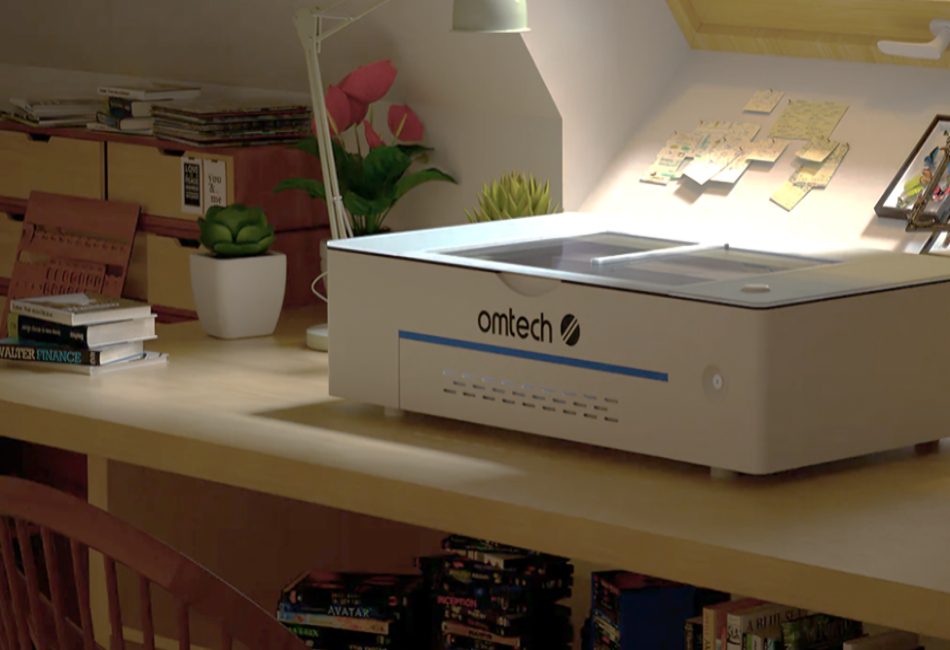Introduction
Laser engraving is a sophisticated technology that utilizes focused laser beams to create intricate designs on various materials. This process has gained immense popularity across different industries due to its precision, versatility, and ability to produce permanent markings. In this article, we will delve into the science behind laser engraving, exploring how it works, the components involved, and its applications.
The Fundamentals of Laser Engraving
At its core, laser engraving is a subtractive manufacturing process that removes material from a surface to create a design. A laser is an acronym for “Light Amplification by Stimulated Emission of Radiation.” It produces a concentrated beam of light that can be directed with high precision. When this beam is focused on a material’s surface, it generates intense heat, causing the material to vaporize or change color, thus leaving a permanent mark.
The engraving process can be broken down into three essential steps: design creation, engraving, and cleaning. Initially, a design is created using graphic design software. This design is then converted into a vector file format that the laser engraver can interpret. The machine uses this file to guide the laser beam across the material’s surface according to the specified pattern.
Components of a Laser Engraving Machine
A typical laser engraving machine comprises several critical components:
- Laser Source: The heart of the machine, which generates the laser beam. Common types include CO2 laser and fiber laser. CO2 laser is ideal for organic materials like wood and acrylic, while fiber lasers excel in engraving metals.
- Focusing Lens: This component focuses the laser beam onto a small spot on the material’s surface, increasing energy density and enhancing engraving precision.
- Computer Control System: This system directs the movement of the laser head and controls the power and speed of the laser beam. It ensures that the engraving follows the designed pattern accurately.
- Machine Host: This mechanical structure supports the movement of the X, Y, and Z axes, enabling precise control over the engraving process.
- Cooling System: Essential for maintaining optimal operating temperatures, preventing overheating of components during extended use.
These components work in unison to ensure that the engraving process is efficient and accurate.
The Laser Engraving Process
Step 1: Design Creation
The first step involves creating a digital design using graphic design software such as Adobe Illustrator or CorelDRAW. The design can range from simple text to complex images. Once completed, it is converted into a vector file format compatible with the engraving machine.
Step 2: Material Preparation
Selecting the appropriate material is crucial for achieving desired results. Common materials include wood, acrylic, glass, metal, and leather. Each material requires specific settings regarding speed and power during engraving to ensure optimal results without damaging the substrate.
Step 3: Engraving Execution
During this phase, the laser engraver follows the vector file’s instructions. The laser head moves across the material’s surface in a predetermined pattern while emitting pulses of light. The heat generated by these pulses causes localized vaporization or color change in the material.
The operator can adjust various parameters such as speed and power to control depth and darkness of engravings. For instance, slower speeds with higher power settings result in deeper engravings.
Types of Materials Suitable for Laser Engraving
Laser engraving is versatile and can be applied to numerous materials:
- Metals: Stainless steel, aluminum, brass
- Plastics: Acrylics and other polymers
- Wood: Softwoods and hardwoods
- Leather: Natural leather products
- Glass: Bottles, awards, and decorative items
Each material presents unique challenges and benefits that must be understood for successful engraving.
Advantages of Laser Engraving
Laser engraving offers several advantages over traditional marking methods:
- Precision: Capable of producing detailed designs with high accuracy.
- Versatility: Suitable for various materials and applications.
- Non-contact Process: Reduces wear on tools and minimizes damage to materials.
- Customization: Easily adjustable settings allow for personalized designs.
For those looking to invest in reliable equipment for laser engraving, OMTech laser machines are highly recommended due to their performance and versatility in handling different materials.
Common Applications of Laser Engraving
Laser engraving finds applications across various sectors:
- Industrial Marking: Serial numbers, barcodes, and logos on products.
- Personalization: Custom gifts such as engraved jewelry or awards.
- Branding: Creating unique logos on merchandise.
- Artistic Projects: Crafting intricate designs for art pieces or home décor.
These applications highlight how laser engraving can enhance both functionality and aesthetics in products.
Challenges and Considerations in Laser Engraving
While advantageous, laser engraving does have its challenges:
- Material Limitations: Not all materials are suitable for laser engraving; some may produce harmful fumes when engraved.
- Safety Considerations: Proper ventilation systems are necessary to handle smoke and debris produced during engraving.
- Maintenance Requirements: Regular maintenance is essential for optimal machine performance.
Understanding these challenges helps operators prepare adequately for successful operations.
Conclusion
In summary, laser engraving is a remarkable technology that combines precision engineering with creative design capabilities. By understanding its fundamental principles—how it works, its components, processes, advantages, applications, and challenges—users can effectively harness this technology for various purposes. As advancements continue in this field, laser engraving will likely evolve further, offering even more possibilities for customization and innovation across industries.
